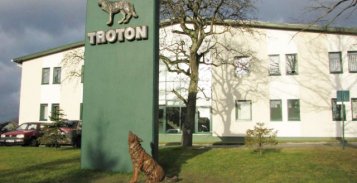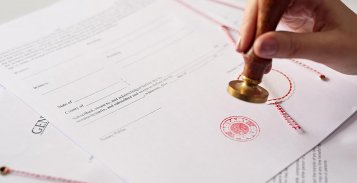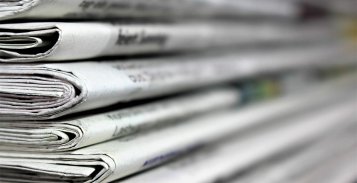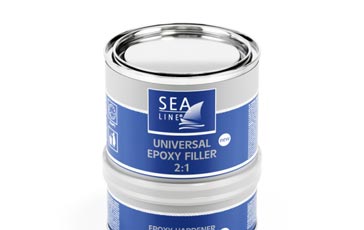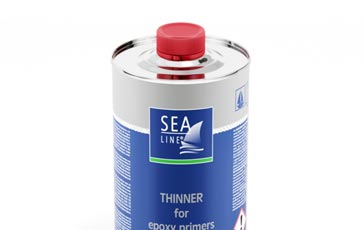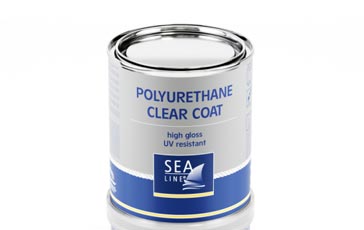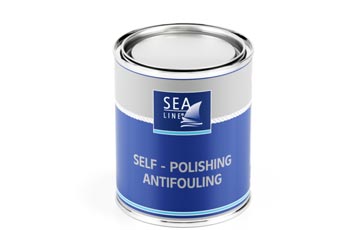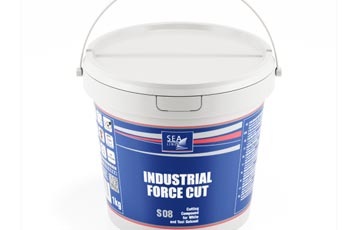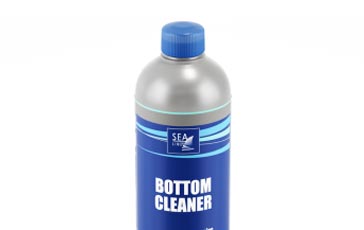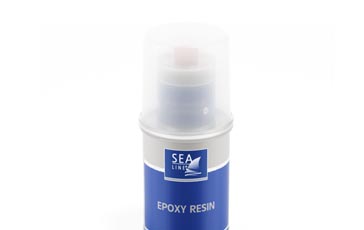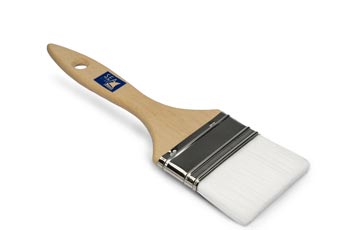Starting with ourselves
Environmental responsibility is a key aspect of our work to protect the environment. Being responsible does not simply mean fulfilling formal and legal requirements, but is also an investment in human resources, protecting the environment, and relations with the company’s neighbors. For Troton, social responsibility means, first and foremost, an investment in society and the environment.
Our activities are based on the concept of “Green Chemistry”:
- we use recyclable products – we encourage you to recycle our packagaing and raw materials so as to shrink the environmental footprint. Thanks to our collaboration with recycling companies, we recycled over 31.03 tonnes of raw materials.
- by minimizing waste, we protect the environment – we created a system for storing liquid products in silos, and transporting them through a system of tubes, which allows us to use materials in a controlled and waste-free manner.
- we avoid dangerous chemical compounds – we eliminate toxic products and replace them with substitutes which are more environmentally friendly.
- we limit the possibilities for dangerous accidents – our tubing system, which delivers materials directly to the work site, eliminates the danger of uncontrolled leaks into the natural environment.
- we educate – we bring the message of environmental consciousness to our own neighbours. Our workers are envolved in many ecological projects, among them: “save paper in the workplace” “waste paper marathon – exchange paper for medications”, or our annual “Cleaning of the river Parsęta”.
- we save energy – our workers’ environmental consciousness has allowed us use 5% less electricity than we used the previous year. Thanks to these solutions, which limit our environmental footprint, we obtained an ISO 14001 certificate.
Thanks to these solutions, which limit our environmental footprint, we obtained an ISO 14001 certificate.
Projects we are involved in:
An agreement for the Parsęta
Taking into consideration the fact that our company is situated on a picturesque hillside over-looking the river Parsęta, we joined a programme called “Adopt a river – and agreement for the Parsęta”.
The goal of this project is to inspire people to undertake local pro-environmental activities to improve water quality, protect water from toxic runoff, encourage rational water use, and protect river valleys. Our goal is to educate people about the meaning of rivers in the landscape and their importance to society. The Agreement for the Parsęta came into being in 2006 in the village of Gościno. This agreement includes municipal agencies, schools, and independent organizations. The result of this agreement is accession to the “adopt a river” programme.
Troton’s involvement in the programme is realized through public educational activities enco-uraging the protection of the river Parsęta between the counties of Gościno and Dygowo, promoting defense of the environment and providing information, organizing public events promoting environmental protection, organizing public education campaigns in the media, supporting cultural activities and promoting the region encompassed in the “adopt a river” programme”.
Every year for the past three years, TROTON has organized a cleanup of the banks of the Parsęta. Every year, the number of people who roll up their sleeves and remove trash from the river banks grows. The programme’s goal is to increase environmental awareness. The yearly cleanup is accompanied by a lecture about water resources and the need to protect sources of fresh water around the world. Entire families come to help us with the cleanup, as well as children and seniors. It gives us great happiness that the amount of trash collected each year is shrinking. We sincerely hope that some year, our Parsęta will be completely clean.
In taking care of “our river”, we do not forget about our neighbors. To bring them closer to nature, we have endeavored to create a place near the river where they can freely spend time in nature. This not only brings us closer to our neighbors, it also integrates people with nature.
Protecting wolves
The wolf is a species of mammal from the canid family, which inhabits forests, plains, marshes, and mountains. As a territorial animal, it requires vast expanses of space, which are rapidly disappearing as a result of urbanization and environmental degradation – and leading wolves to the brink of extinction.
In the interest of returning wolves to their natural environment, wildlife preserves are built, which allow for observation of the animals and their multiplication in an environment which closely resembles their natural one. In Poland, one of the most rapidly developing wildlife preserves is the “stabnicka Stacja Doświadczalna Katedry Zoologii Akademii Rolniczej w Poznaniu”, founded in 1974. This center is primarily known as a place for direct observation of wolves, and for its mission of educating society about the importance of protecting this endangered predator. The center’s primary focus of study is the ecology and ethology of wolves. These studies include: comparisons between wolves and dogs, studies of vocal ac-tivity, and problems of territoriality as well as reactions to humans and their behavior.
Since 2005, TROTON has been a financial supporter of the Center. Our support is directed towards feeding animals which find themselves in the preserve, as well as providing ne-cessary heating materials for the winter months. After taking honorary patronage over the center, we made the wolf our corporate logo.
Waste paper marathon – helping our four-legged friends without homes
The shelter for homeless animals is a place where stray animals can obtain veterinary services, protection, and a little bit of affection. A shining example of good works for animals is the Polish Association for the Protection of Animals, Szczecin chapter, which organizes a contest called “waste paper marathon – exchanging paper for medications”. The marathon revolves around the collection of waste paper, which is then sold, and the proceeds donated to the shelter for homeless animals, for the purpose of buying medications. Schoolchildren from Szczecin take part in the competition, and compete for a main prize, which takes the form of an educational field trip. Over 25 schools take part in the marathon, and the current leader is elementary school number 51, “Stanisława Helsztyńskiego” in Szczecin, winner of the 7th annual competition, for having collected over 73372 kg.
In supporting the efforts of students to create a better life for animals, we decided to join in the collection of waste paper. Therefore, we collect waste paper from our employees every week, and donate it to a school taking part in the competition. In doing so, we support not only children’s education, but also the animals of Szczecin.
1% for planting trees
As the largest plants on land, trees have a crucial role in sustaining life on earth. Thanks to the process of photosynthesis, they are both the largest producer of oxygen on earth and the lar-gest absorber of carbon dioxide. As producers of an organic substance, they create a living environment for other plants and most of the world’s animals. They play a large role in clima-te stabilization by regulating humidity, and also prevent erosion of the earth’s surface.
Out of concern for the environment, we have introduced a line of products to the market cal-led Eko-Line, named after types of trees: ACER (maple) filler, SORBUS (rowan) primer, and PINUS (pine) lacquer. These names are not incidental – we donate 1% of the profits from the sale of these products to the planting of trees. And we have involved preschoolers in this ac-tivity, as we believe that their youthful openmindedness will help them to change the world in a positive way.
And so, the following groups – little penguins, mariners, bees, smurfs, and lady-beetles from preschool number 1 in kolobreg – happily planted the following trees near their playground: magnolia, maple, rowan, willow, and cherry. The children proudly declared themselves guardians of the trees.
The planting was summed up by a short conversation about ecology. The children learned about the parts of a tree, and how to recognize some of the more common types of tree (maple, oak, chestnut, rowan, willow) by the shapes of their leaves. They came to understand the many ways in which trees are useful in our everyday lives, and the necessity of protecting and planting trees.
Arbor Day
Arbor day is an ecological programme directed by the Gaja Club since 2003. It is a Polish and international action for planting trees and its accompanying programme of ecological education. The goal of this programme is to inspire local people to take up local ecological activities connected to the planting and protection of trees.
Our company has participated in this undertaking for two years now. In this time, we have managed to plant 10,000 trees around Poland, for which we received the “magic tree” award.
